Welcome aboard the S.S. Claridon and its voyage into the cinematic genre of the disaster film, an entry that will have you holding onto your life jacket and trying not to get seasick. Directed by Andrew L. Stone, this movie tells the tale of a luxurious ocean liner that sinks after a fire erupts in the engine room. And boy, does it sink like the Titanic on steroids!
With The Last Voyage, director Andrew L. Stone expertly builds tension from the opening scenes as he economically introduces us to the passengers and crew of the S.S. Claridon while they embark on what should be a routine voyage from New York to Europe, only nothing is routine on a ship as old and as past its prime as the Claridon and when a fire breaks out in the ship's engine room, the Claridon is set on a collision course with disaster. What follows is a gripping and harrowing tale of survival, as the passengers and crew fight to escape the sinking vessel.
This movie wastes no time, the fire breaks out during the opening credits.
The plot follows the events surrounding the S.S. Claridon’s sinking through a variety of characters, there is Captain Robert Adams (George Sanders), who refuses to accept the extent of danger his ship is in because it could impact his promotion to Commodore of the Fleet and puts off notifying the passengers of the danger and waiting to launch lifeboats long after it was prudent, then we have Second Engineer Walsh (Edmond O'Brien) who, along with his valiant men belowdecks, do their best to shore up the bulkheads to slow down the flooding and many of them pay with their lives as they fight the rushing water, and finally, there are passengers Cliff (Robert Stack) and Laurie Henderson (Dorothy Malone) and their daughter Jill (Tammy Marihugh) who have a rough time of it when the boilers blow and rip a massive hole up through several decks including their stateoom, which results in Laurie being trapped under a steel beam and Jill stuck on the other side of the cabin, separated by a gaping maw.
This is a tense and nail-biting scene.
Stray Observations:
• The S.S. Claridon has only five more crossings before going to the scrapyard, which is equivalent to a cop announcing he’s three months away from retirement, so its sinking should be a surprise to no one.
• When the Captain finally gives the order to send out an SOS, the radio operator gets the name of the ship wrong twice. That anyone was saved is truly a miracle.
• The bulk of the sinking was handled using impressive practical effects and only a few optical composites of the ship slowing sinking, unfortunately, for the final plunge they decided to use black and white footage that one can only assume was from an earlier Titanic movie.
• The rescue of Mrs. Henderson was based on the real-life attempted rescue of Mrs. Martha Peterson by her husband and a crew member aboard the sinking of the Andrea Doria, sadly, unlike her Hollywood counterpart, Martha Peterson did not survive.
Hollywood wasn’t about to break up this happy family.
The film's visual effects are nothing short of spectacular, with scenes of the ship listing precariously and water pouring into the decks creating a palpable sense of danger, but what really sets this film apart is its attention to detail as every aspect of the ship and its sinking is painstakingly recreated, from the flooding engine room to the tilting decks this is unlike any disaster films of this era. The Last Voyage doesn't rely on cheap thrills or over-the-top action sequences to keep the audience engaged, instead, it's a slow burn that steadily builds to a heart-stopping climax where you really have no idea who will live and who will die. And if the sinking looks a little too good that is because they actually sunk a ship. Robert Stack recalled, "No special effects for Andy (the director) he actually planned to destroy a liner and photograph the process” and this no holds barred approach resulted in a truly amazing movie.
It’s hard to top reality.
This movie may not have had the explosive budgets as later ocean liner disaster films had, like The Poseidon Adventure and James Cameron's Titanic, but where it doesn't stint is in the suspense and pathos built up during its 90-minute running time. At the end of Titanic, I really couldn't have cared less whether or not Rose and Jack survived the sinking while in The Last Voyage, I was really rooting for the Hendersons. From George Sanders’ pompously ignorant captain to Woody Strode as a valiant crewman bound and determined to help save poor Dorothy Malone, I was at the edge of my seat during the entire time Robert Stack struggled frantically to free her from being pinned under a steel beam, and a special shout out eight-year-old Tammy Marihugh who gives a heart-wrenching performance, one that is authentic as one could ever expect from a trained actor let alone a small child.
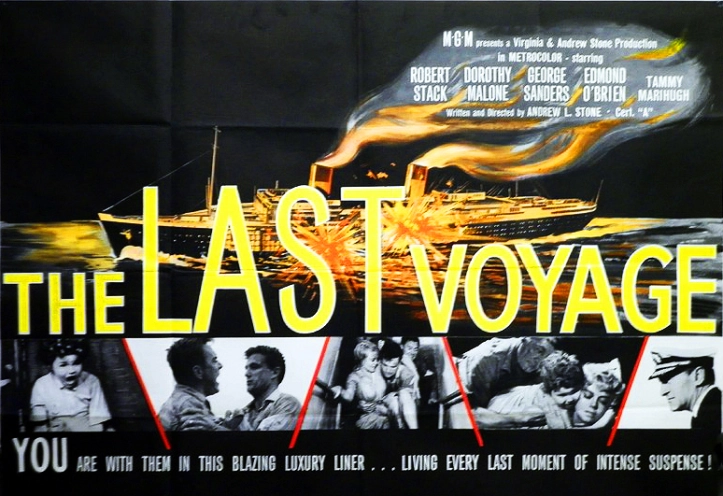
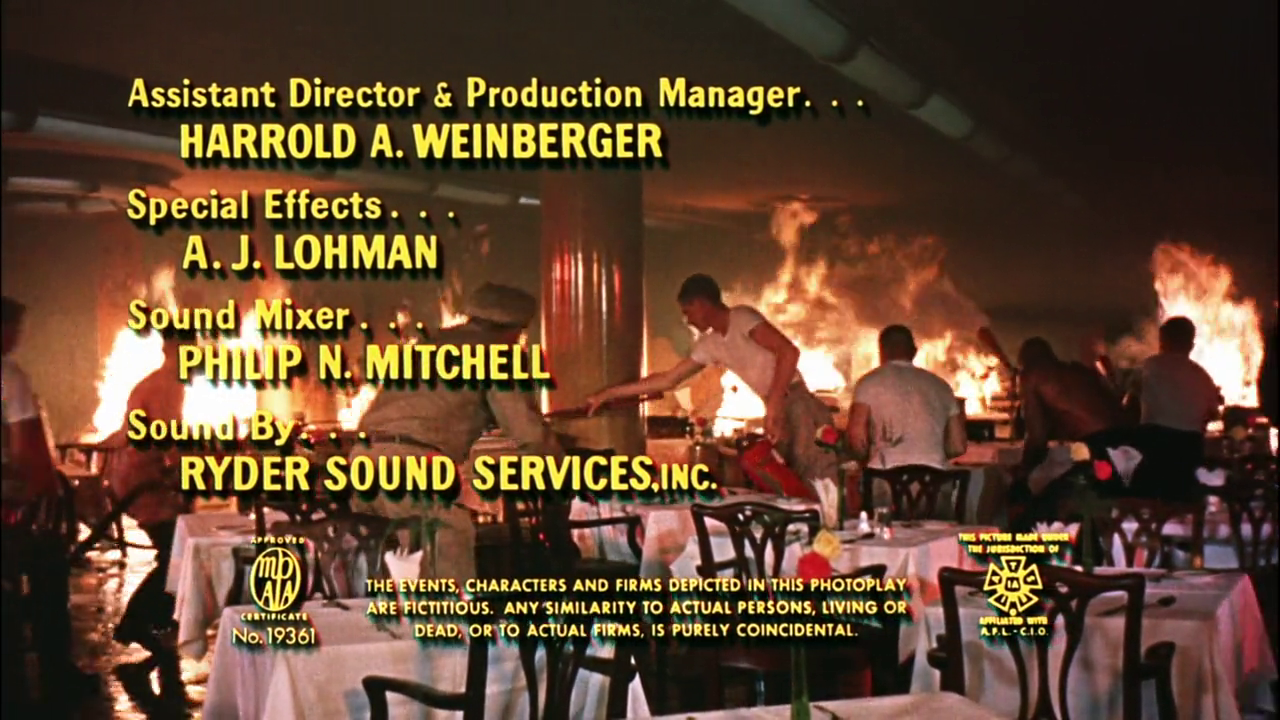
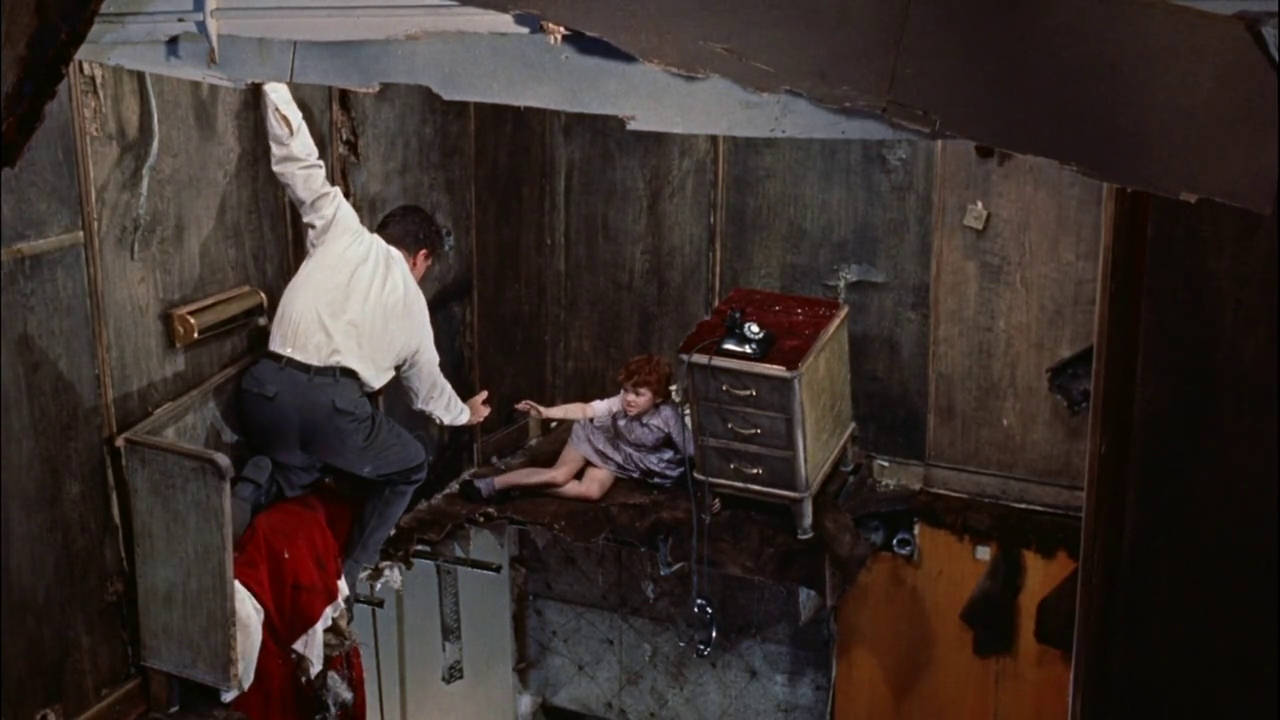
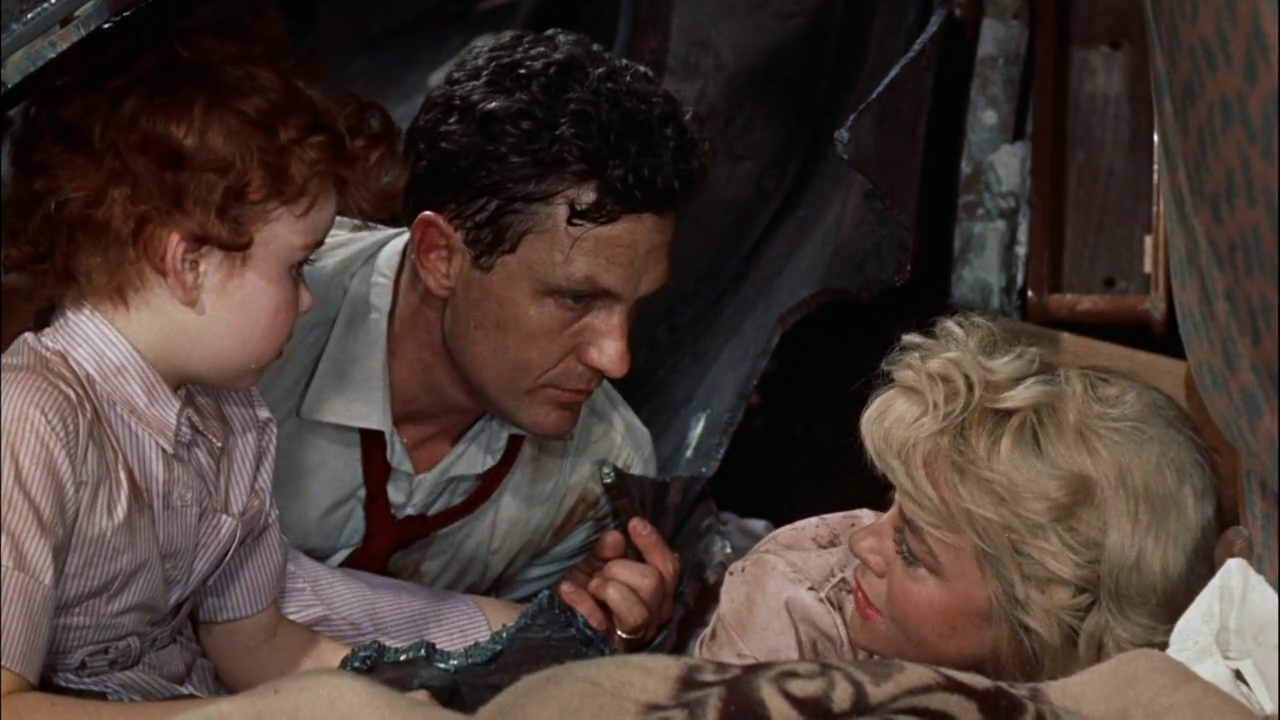
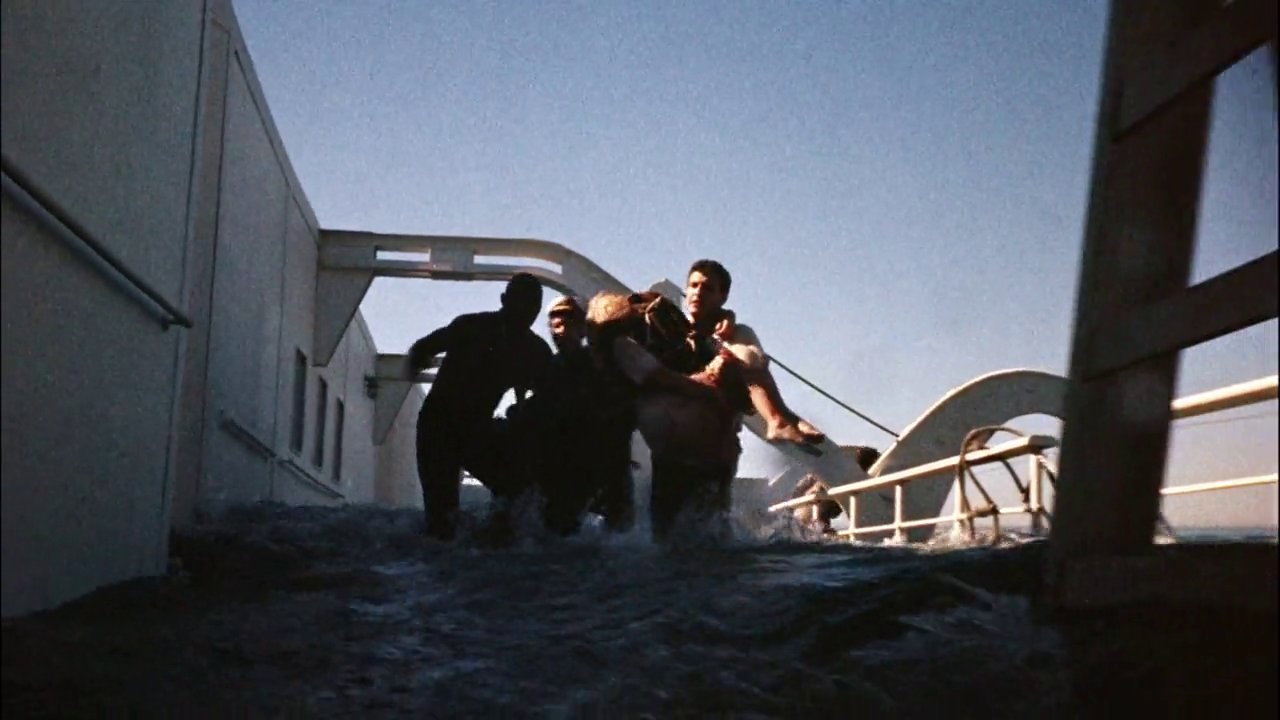
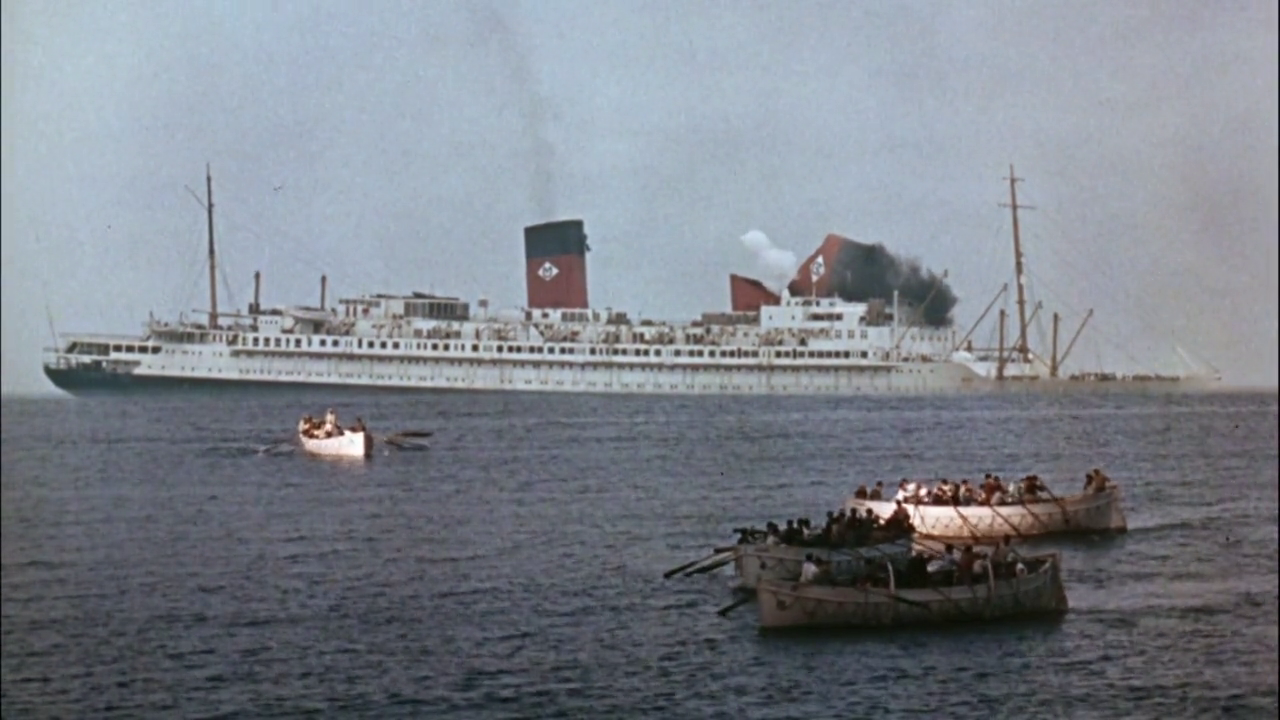

No comments:
Post a Comment